Screen Time in Autism
Unlocking the impact of screen time in autism - from learning opportunities to health risks. Discover best practices for management.


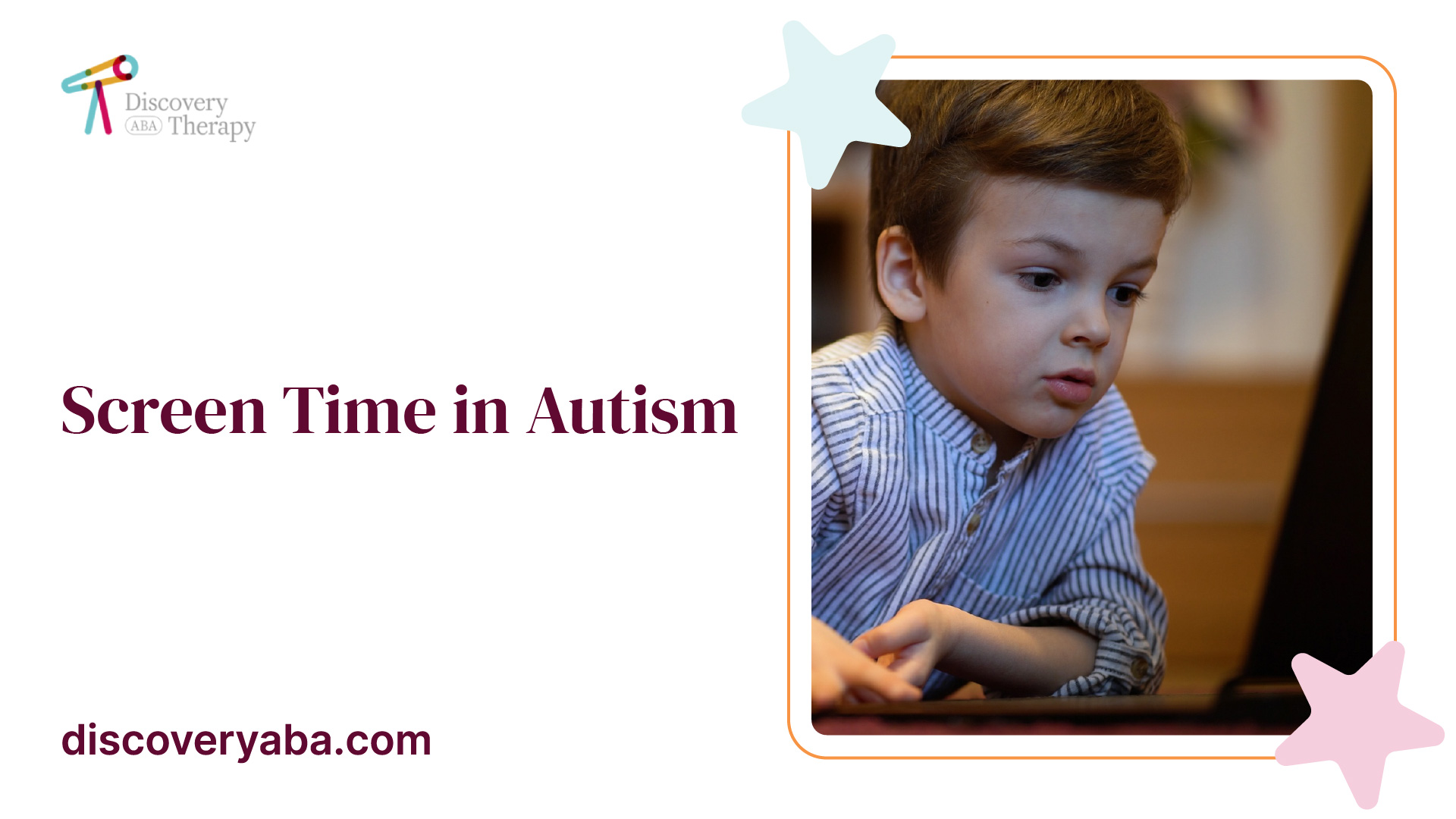
Understanding Screen Time
In today's digital age, screen time has become an integral part of our daily lives. Understanding the impact of screen time, particularly on children with autism, is crucial for promoting their well-being and development.
Definition and Importance
Screen time refers to the amount of time spent engaging with electronic devices such as televisions, computers, tablets, and smartphones. It encompasses activities such as watching videos, playing games, and using educational apps. Screen time is important as it can provide various learning opportunities, entertainment, and socialization potential.
For children with autism, screen time can be particularly appealing due to challenges in social skills, restricted interests, and hyperfocus tendencies [1]. It can serve as a window to a world of information and entertainment, providing a sense of comfort and familiarity. However, it is essential to strike a balance and understand the potential impact of excessive screen time.
Impact on Children with Autism
Screen time can have both positive and negative effects on children with autism. On the positive side, it can offer valuable learning opportunities. Educational apps and programs can help develop academic and cognitive skills, enhance communication abilities, and promote creativity. Additionally, certain interactive games and platforms provide socialization potential, allowing children with autism to connect with others and practice important social skills in a controlled environment.
However, excessive screen time can pose challenges to skill development in other areas. Spending excessive time in front of screens may limit the opportunities for children with autism to engage in physical activities, develop fine motor skills, and explore their environment. It is important to strike a balance between screen time and other activities that promote physical exercise, social interactions, and sensory experiences.
Moreover, exposure to inappropriate or harmful content is a concern when it comes to screen time for children with autism. It is crucial for parents and caregivers to closely monitor and regulate the content their children access to ensure their safety and well-being.
Understanding the potential impact of screen time on children with autism is the first step towards effectively managing and regulating their device usage. In the following sections, we will explore the positive aspects of screen time, as well as the negative effects of excessive screen time. We will also provide guidelines for managing screen time for children with autism based on the recommendations of the CDC and best practices in the field.
Positive Aspects of Screen Time

While excessive screen time can have negative effects, it's important to recognize that screen time can also offer some positive aspects for individuals with autism. Let's explore two of these positive aspects: learning opportunities and socialization potential.
Learning Opportunities
Screen time can provide valuable learning opportunities for individuals with autism. There are various educational apps, websites, and programs designed specifically to support cognitive and academic development in children with autism. These resources often utilize visual aids, interactive features, and structured learning modules to enhance engagement and promote skill acquisition.
For example, interactive learning apps can help individuals with autism develop language and communication skills, improve problem-solving abilities, and enhance their understanding of concepts in subjects like math and science. Additionally, online platforms may offer specialized content tailored to the unique learning profiles of individuals with autism, providing them with targeted support in areas that may be challenging for them.
When incorporating screen time for learning purposes, it's essential to select age-appropriate and evidence-based resources that align with individual learning goals. Monitoring and guiding the learning process can maximize the benefits of screen time in promoting skill development and academic growth.
Socialization Potential
Screen time can also serve as a platform for socialization for individuals with autism. Online communities, forums, and social media platforms provide opportunities for individuals with shared interests and experiences to connect and interact with one another. This can be particularly beneficial for individuals with autism who may face challenges in traditional social settings.
Virtual socialization allows individuals with autism to communicate and engage with others at their own pace and in an environment that feels comfortable and familiar. It can help develop social skills, increase self-confidence, and foster friendships. Online platforms can also provide a safe space for individuals with autism to express themselves, share their experiences, and seek support from others who may have similar backgrounds or challenges.
As with any social interaction, it's important to ensure that screen time socialization is monitored and encourages positive communication. Setting guidelines and teaching appropriate online behavior can help individuals with autism navigate virtual social environments effectively and safely.
By recognizing the positive aspects of screen time, such as learning opportunities and socialization potential, individuals with autism can benefit from the resources and connections that technology offers. However, it's crucial to strike a balance between screen time and other activities to ensure a well-rounded and healthy lifestyle. For more information on managing screen time for individuals with autism, consult our article on technology for autism support.
Negative Effects of Excessive Screen Time

When it comes to individuals with autism, excessive screen time can have negative effects on various aspects of their development. It is important to be aware of these potential challenges and take steps to mitigate them.
Skill Development Challenges
Children with autism who spend excessive amounts of time on screens may experience difficulties in learning other essential skills, particularly social skills. Excessive screen time can limit opportunities for real-world social interactions, hindering the development of vital social skills necessary for building relationships and navigating social situations.
Moreover, excessive screen time can impact cognitive development. It may interfere with the development of attention span and executive functioning skills, which are crucial for tasks such as problem-solving, decision-making, and self-control. Children with autism may also face challenges in generalizing skills learned on screens to real-life situations, as screen-based activities often lack the contextual cues present in real-world interactions.
Exposure to Inappropriate Content
Another significant concern related to excessive screen time in individuals with autism is the risk of exposure to inappropriate or harmful content. Unmonitored screen time may expose individuals to content that may not be age-appropriate or aligned with their developmental needs. It is important to establish parental controls and supervise the online activities of individuals with autism to ensure their safety and well-being [1].
To mitigate the risks associated with exposure to inappropriate content, it is crucial for parents and caregivers to implement strategies such as setting boundaries, utilizing parental control features, and engaging in open and ongoing communication about online safety.
By being aware of the potential challenges associated with excessive screen time, parents, caregivers, and educators can take proactive measures to manage and regulate screen time effectively. Strategies such as setting limits, encouraging alternative activities, and providing opportunities for real-world social interactions can help individuals with autism strike a healthier balance between screen time and other aspects of their lives.
For more information on managing screen time and supporting individuals with autism, check out our article on technology for autism support.
Guidelines for Managing Screen Time
When it comes to managing screen time in autism, it is essential to establish guidelines and strategies to ensure a healthy balance between screen activities and other aspects of life. This section will explore recommendations from the CDC and provide strategies for limiting screen time.
CDC Recommendations
The Centers for Disease Control and Prevention (CDC) recommend limiting leisurely screen time for children, including those with autism, to 1-2 hours per day. It is important to note that this time should be balanced with at least 60 minutes of physical activity, also known as Lean Time.
The CDC's guidelines emphasize the importance of incorporating a variety of activities into daily routines. Screen time should not replace other activities that promote physical activity, social interactions, and sensory experiences. Balancing screen time with other enriching activities is crucial for the overall well-being and development of individuals with autism.
Strategies for Limiting Screen Time
To effectively manage screen time for individuals with autism, it is helpful to implement specific strategies. Here are some strategies to consider:
Remember, these strategies should be tailored to the individual needs and preferences of each person with autism. It is important to monitor screen time and make adjustments as needed to ensure a healthy and balanced lifestyle.
By following these guidelines and implementing effective strategies, individuals with autism can enjoy the benefits of screen time while maintaining a well-rounded and enriching daily routine.
Screen Time and Health Risks
When it comes to individuals with autism, excessive screen time can have detrimental effects on their overall health and well-being. It is important to be aware of the potential health risks associated with prolonged screen time in this population. Two key areas of concern are sedentary behavior and the impact on sensory processing.
Sedentary Behavior
Excessive screen time can lead to sedentary behavior in individuals with autism, potentially contributing to health issues such as obesity and interfering with social interactions and physical exercise. Sedentary behavior refers to activities involving sitting or reclining with low energy expenditure.
Engaging in excessive screen time can limit opportunities for physical activity, which is important for maintaining overall health. Lack of physical exercise may contribute to an increased risk of obesity and related health complications. It is crucial to encourage individuals with autism to engage in regular physical activities and find a balance between screen time and active play.
Sensory Processing Impact
Individuals with autism often experience sensory sensitivities and challenges related to sensory processing. Excessive screen time can exacerbate these difficulties and lead to sensory overload. The visual and auditory stimulation from screens can be overwhelming for individuals with autism, potentially causing distress and anxiety.
Prolonged exposure to screens may also interfere with the development of sensory integration skills, which are essential for individuals with autism to effectively process and respond to sensory input. It is important to provide a balanced sensory environment and monitor screen time to prevent sensory overload and support sensory regulation.
To mitigate the potential negative effects of excessive screen time on the health of individuals with autism, it is crucial to establish guidelines and strategies for managing screen time. This includes implementing CDC recommendations for screen time limits and incorporating strategies to promote a healthy balance between screen activities and other developmental activities.
Understanding the impact of screen time on health risks is essential for individuals with autism. By adopting appropriate screen time management practices, we can help promote the overall well-being of individuals with autism and support their optimal development.
Research Insights and Recommendations
When it comes to screen time and its impact on individuals with Autism Spectrum Disorder (ASD), research offers valuable insights into understanding the potential effects and providing recommendations for managing screen time effectively.
Studies on Screen Time and ASD
Several studies have examined the relationship between screen time and ASD. Research conducted in Saudi Arabia found a significant association between screen time and SCQ (Social Communication Questionnaire) scores in children, with higher screen time linked to higher SCQ scores [5]. Another study conducted in Japan revealed that preschoolers had an average mobile phone use of 24 hours per week, indicating significant screen time exposure at a young age [5].
Moreover, increased screen time exposure has been associated with lower social skills in preschool children, lower prosocial skills in boys, but higher prosocial skills in girls. Additionally, studies have indicated that the longer the period of screen exposure, the higher the risk of developing ASD, with earlier exposure increasing the risk compared to later exposure. Longer durations of screen time among 1-year-old boys were significantly associated with autism spectrum disorder at 3 years old, highlighting the importance of regulating screen time, especially among babies and toddlers [2].
Best Practices for Screen Time Management
To effectively manage screen time for individuals with ASD, it is important to follow recommended guidelines and implement best practices. The American Academy of Pediatrics (AAP) recommends no screen time for children younger than 18 to 24 months and limiting screen time to no more than one hour per day for children between the ages of 2 and 5 years, including all types of screens [2].
Implementing structure and routine, modifying the environment, and encouraging self-monitoring are effective strategies for managing screen time in children with autism [4]. Modifying the child's environment by removing screens from bedrooms, making devices available only in common spaces, and setting time limits on devices can help reduce screen time and encourage social interaction [4].
By staying informed about the latest research findings and implementing best practices, individuals with ASD and their families can navigate screen time in a way that supports their overall well-being and development.
References
[2]:
[3]:
[4]:
[5]:
[6]:
Find More Articles

How ABA Therapy Teaches Communication and Social Skills

How School-Based ABA Services Help Students with Autism Thrive

How ABA Therapy Helps Develop Patience and Waiting Skills

How to Support Your Child’s Social Interactions Using ABA Techniques

How ABA Therapy Addresses Anxiety and Fear Responses in Children

The Role of Play-Based ABA Therapy in Skill Development

How ABA Therapy Helps Build Confidence in Children with Autism

The Benefits of Center-Based ABA Therapy for School Readiness

The Role of ABA Therapy in Building Emotional Intelligence

How to Use Differential Reinforcement in ABA Therapy

Exploring Different ABA Techniques and Strategies

How to Prepare for IEP Meetings When Seeking ABA Therapy Support

How to Use ABA Therapy to Develop Resilience and Coping Mechanisms

How to Work with ABA Therapists to Set Realistic and Achievable Goals

How to Recognize Burnout in ABA Providers and Address It

The Connection Between ABA Therapy and Improved Social Skills

How ABA Therapy Helps Address Aggressive Behaviors
.jpeg)
Does Processed Food Cause Autism?

The Benefits of ABA Therapy for Adolescents with Autism

How to Reinforce ABA Strategies at Home for Consistent Progress

How to Create a Positive Learning Environment at Home with ABA

Autism And Dementia: The Connection and Differences

How ABA Therapy Supports a Lifetime of Learning and Growth

The Role of Functional Behavior Assessments in ABA

How ABA Therapy Helps with Anger Management Skills

How to Address Food Selectivity Using ABA Techniques

How ABA Therapy Supports a Smooth Transition to Middle and High School

How to Address Perseveration in ABA Therapy

The Role of Social Reinforcers in Motivating Positive Behavior

How to Navigate the Transition from ABA Therapy to School Support Services

How to Address Overstimulation and Meltdowns Using ABA Techniques

ABA for Anxiety in Adolescents with Autism
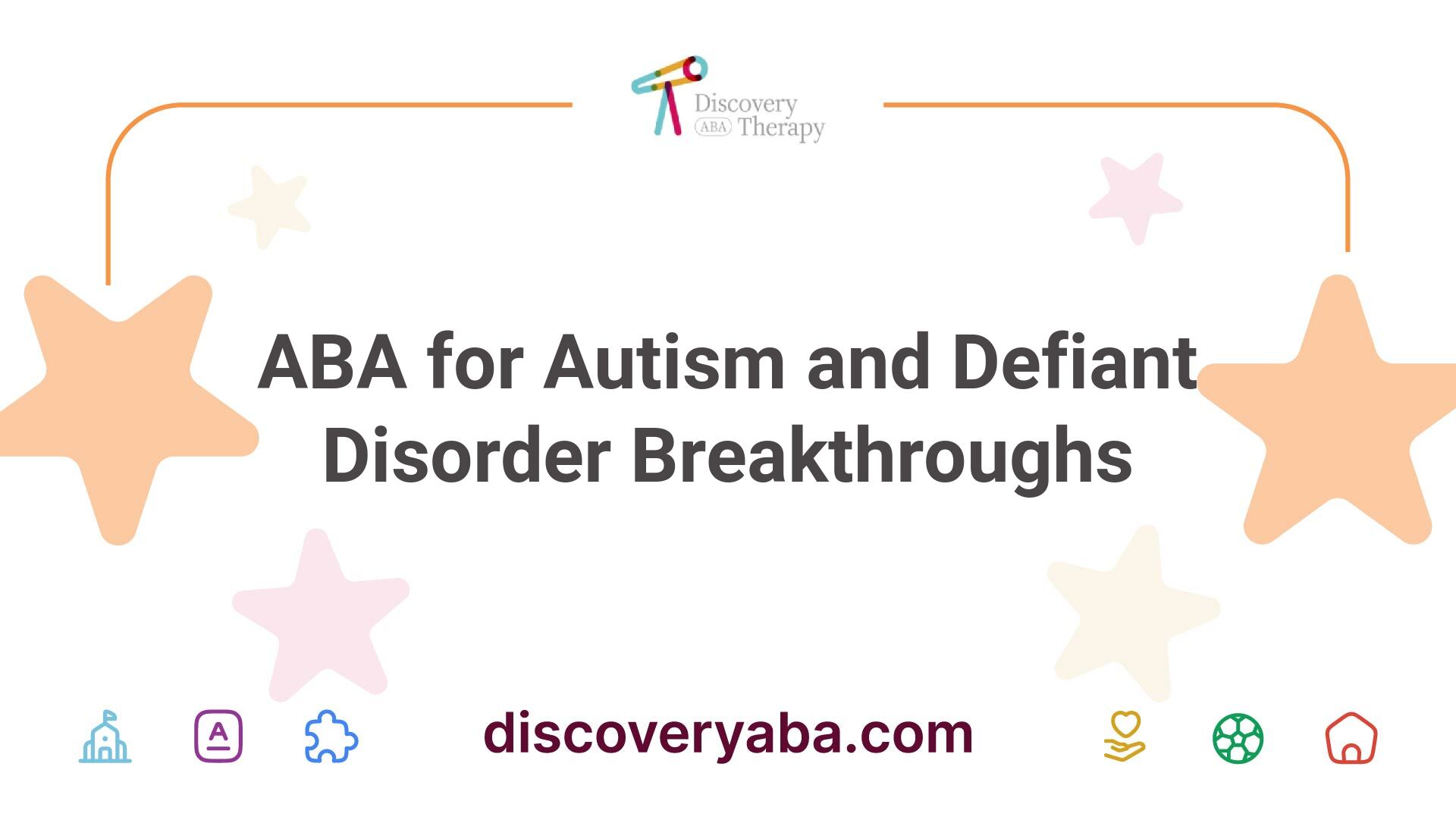
ABA for Autism and Defiant Disorder Breakthroughs

ABA for Behavioral Challenges in Autism

ABA for Picky Eating in Autism

ABA Intervention Techniques

ABA Reinforcement Methods

ABA Session Plans

ABA Strategies for Behavior Modification

Innovative ABA Therapy Activities for Growth

Exploring the ABA Therapy Age Limit Guidelines

ABA Therapy and Behavioral Assessment

ABA Therapy and Developmental Delays

ABA Therapy and Leisure Skills

ABA Therapy and Self Advocacy Skills
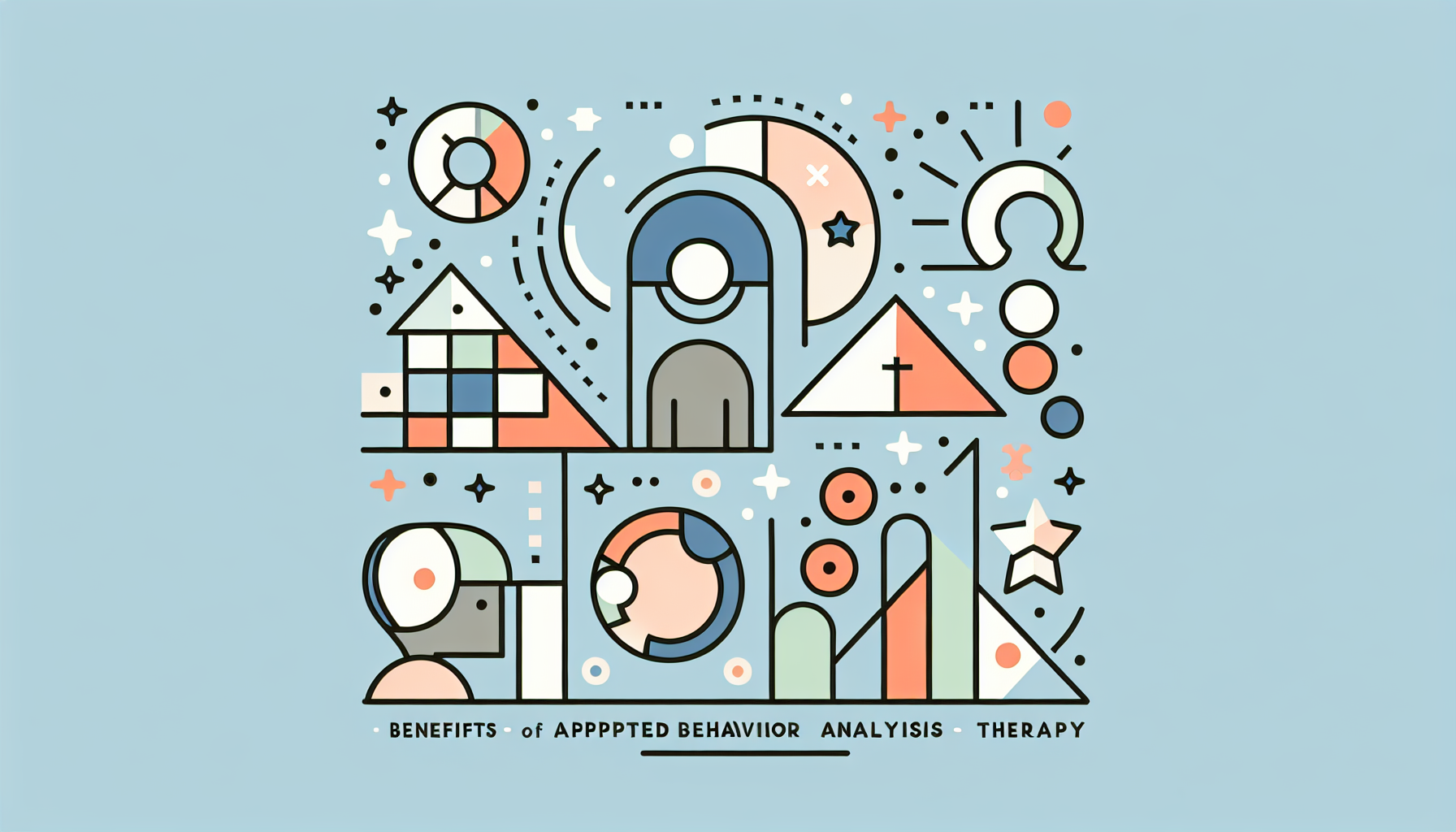
ABA Therapy Benefits

ABA Therapy for Autism Behavioral Health Programs

ABA Therapy for Autism Development Centers

ABA Therapy for Autism Treatment Services

ABA Therapy for High-Functioning Autism

ABA Therapy for OCD in Autism

ABA Therapy for Sensory Overload

ABA Therapy Near Me That Supports Medicaid

ABA Therapy Online Resources

A Closer Look at ABA Therapy Toys

ABA Therapy Training for Parents Unveiled

Actors with Autism

Strategies for Self-Esteem with ABA

Addressing Sensory Aversion in Autism

Addressing Sensory Seeking in Autism

Exploring Autism and Alternative Treatments: Alternative Paths to Progress

Exploring the Impact of Biomedical Interventions on Autism
.jpeg)
Autism And Bipolar Disorder

Exploring Complementary Therapies for Autism

Exploring the Impact of Equine Therapy on Autism: From Horses to Hope

The Role of Postsecondary Education in Autism: Empowering Independence

Autism and Public Speaking

Therapy Animals and Autism Support: From Companions to Healers

Empowering Autism Through Vocational Training: Unlocking Potential

The Healing Effects of Autism Art Therapy
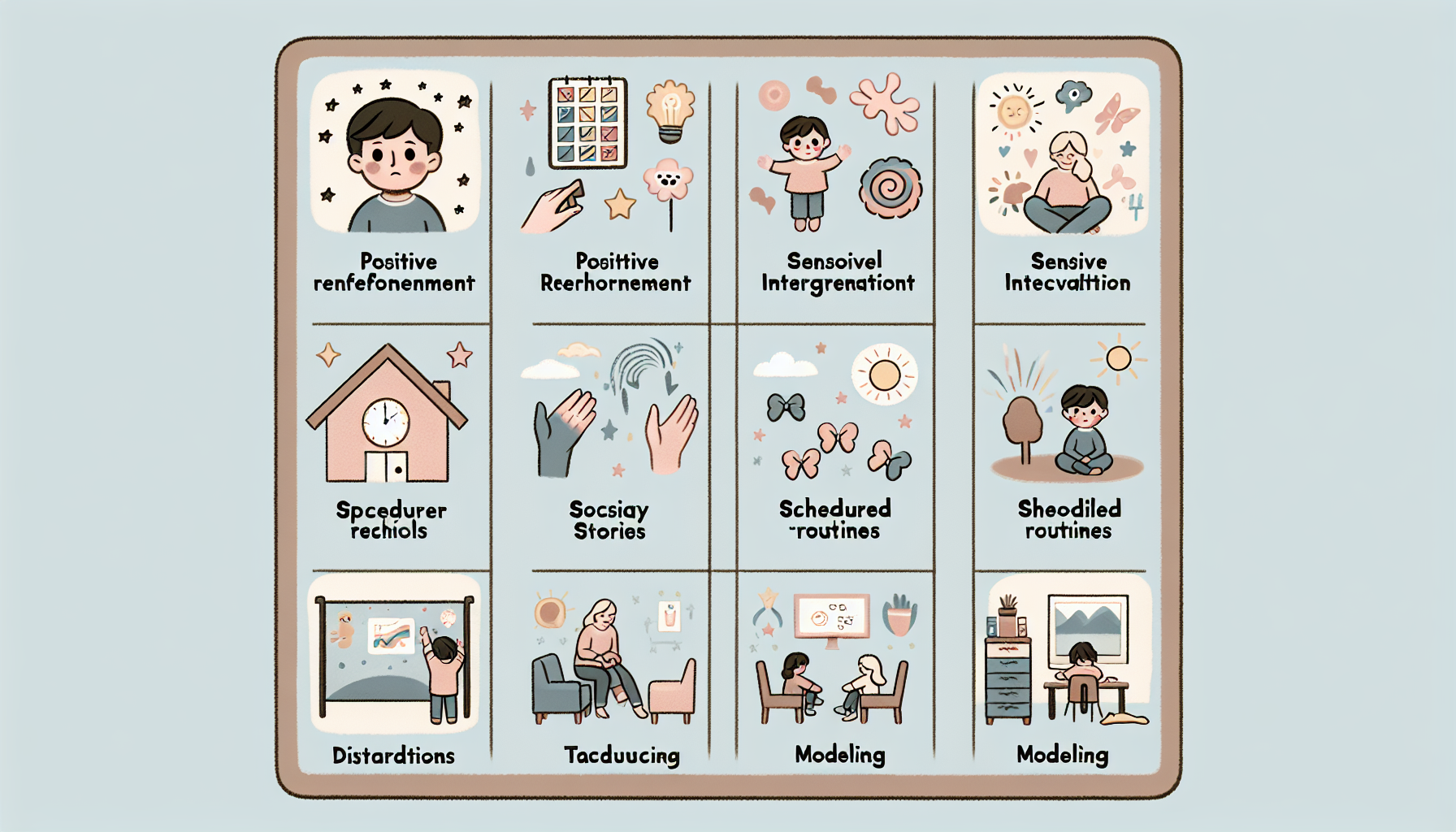
Unlocking the Key: Autism Behavior Strategies for Success

Autism Caregiver Services Near Me in the USA
.jpeg)
Understanding Autism Complications
.jpeg)
Autism Develop Planning and Organizational Skills

Tracking Autism Developmental Milestones

The Key to Understanding Autism: The Diagnosis Code Unveiled

Autism During Pregnancy: Signs & Prevention
.jpeg)
Autism Grants: Financial Support for Individuals

Autism Holistic Support for Well-being

Key Autism Life Skills Unveiled

Addressing Autism Prevalence in the State

The Role of Routine and Structure in Autism
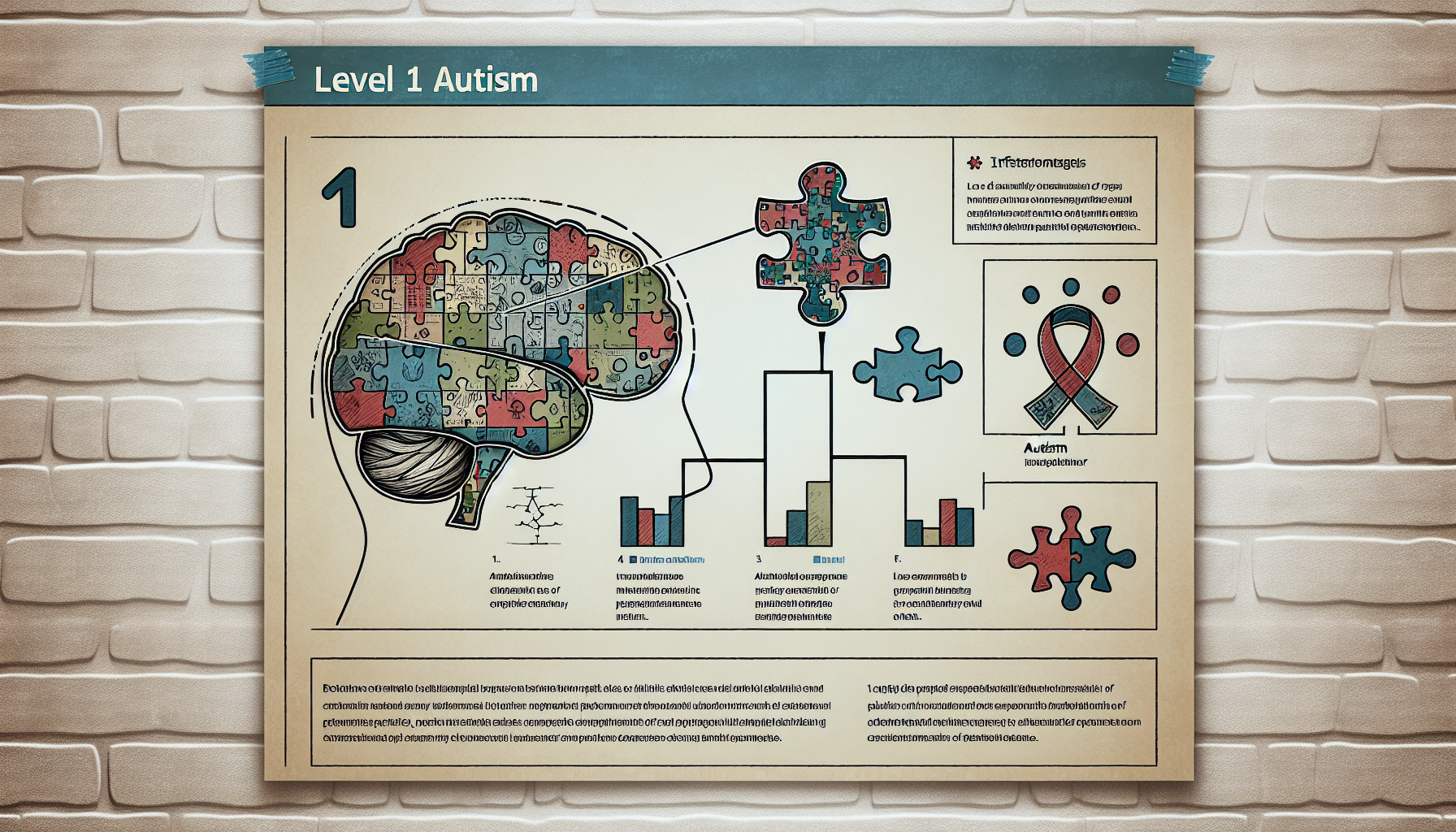
Demystifying Autism Spectrum Disorder Level 1 Symptoms

Silent Struggles: Confronting the Reality of Autism Speech Delay

Understanding Autism Stimming Behaviors

Autism Symptoms in Girls

Best Autism Toys for Toddlers Available

Thriving as an Autistic Young Adult

Is Your Autistic Adult Child Ready to Move Out?

How Art Therapy Benefits Individuals with Autism

Benefits of Music Therapy for Autism

Benefits of Play Therapy for Autism Explored

Navigating the Best ABA Therapy Near You

Borderline Autism in Adults
.jpeg)
Calming Strategies For Autism
.jpeg)
Can ADHD Cause Autism?

Can Autism and ADHD Overlap?

Can Autism Be Outgrown or Managed?

Can Autism Go Away? Can Children Outgrow It?
Contact us
North Carolina, Tennessee, Nevada, New Jersey, Utah, Virginia
New Hampshire, Maine
Massachusetts, Indiana, Arizona, Georgia
.avif)

